The wolf occurs throughout mainland Alaska, on
Unimak Island in the Aleutians, and on all of the
major islands in Southeast except Admiralty, Baranof,
and Chichagof. This range includes about 85 percent of
Alaska's 586,000 square-mile area. Wolves are
adaptable and exist in a wide variety of habitats
extending from the rain forests of the Southeast
Panhandle to the arctic tundra along the Beaufort Sea.
Alaska is home to an estimated 7,000 to 11,000 wolves.
They are found in nearly all of their historic
range, excepting the center of urban areas, although
they are found on the outskirts of Anchorage,
Fairbanks and Juneau. Wolves are common over much of
the state. The highest densities occur in Southeast
Alaska, where Sitka black-tailed deer serve as the
major food source for wolves. Wolf densities are
lowest in the coastal portions of western and northern
Alaska. Although the distribution of wolves has
remained relatively constant in recent times, their
abundance is influenced by harvest levels, diseases,
and prey availability.
Genetic evidence suggests that as Alaska deglaciated
following the most recent glacial maximum and animals
colonized the newly exposed areas, wolves from the
contiguous Western United States entered Southeast
Alaska, likely following the northward expansion of
black-tailed deer along the coast. Wolves in Interior
Alaska are likely descended from animals that
inhabited Beringia during the ice age, and wolves in
Southeast are genetically distinctive from
"continental" wolves.
Subscribe to:
Post Comments (Atom)

.jpg)




 Alaska Time
Alaska Time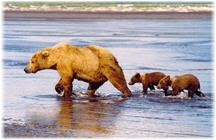








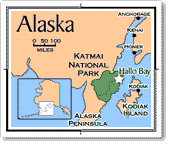

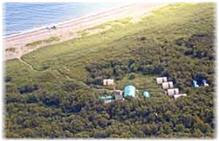


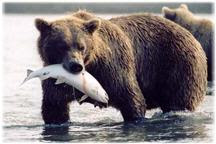
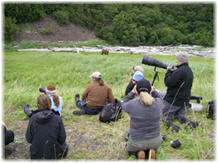




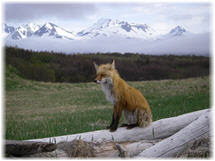


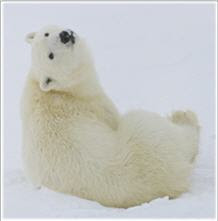













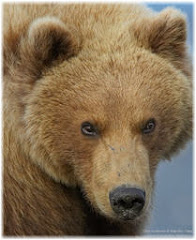




No comments:
Post a Comment